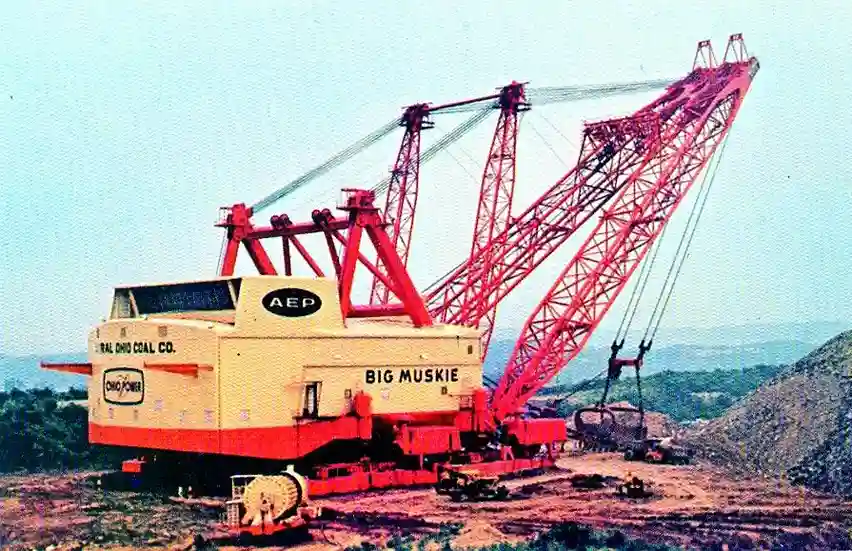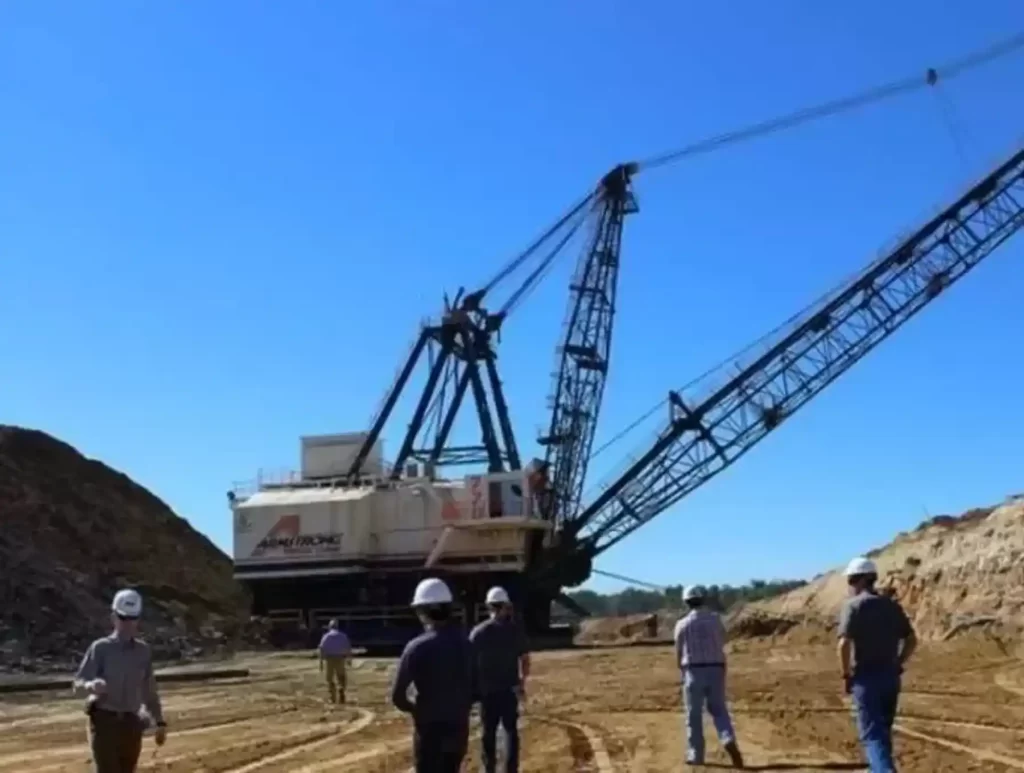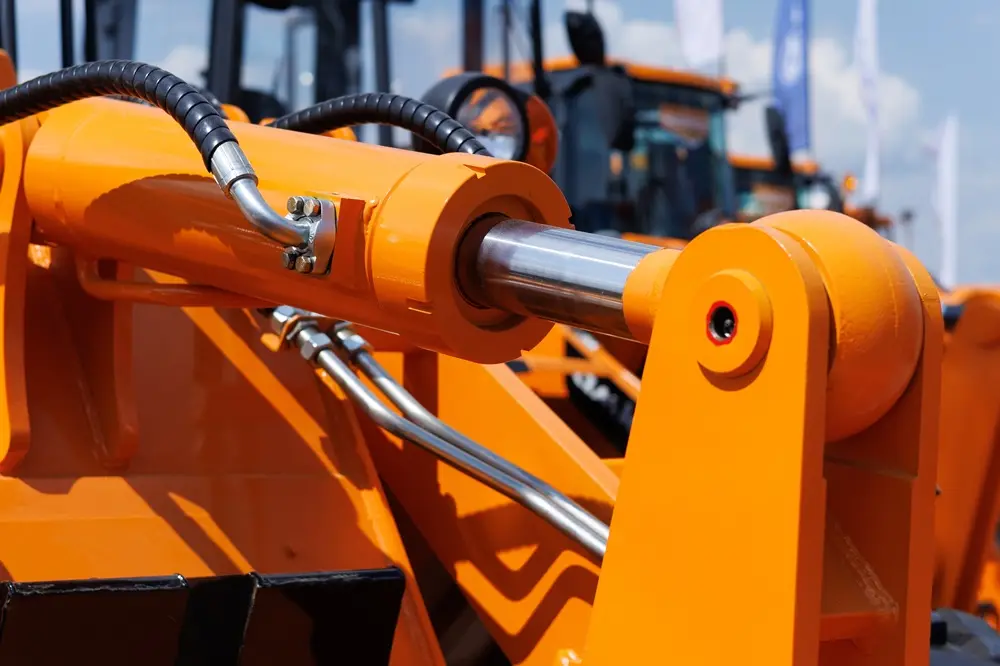Honoring the Giants
Big Muskie remains a symbol of innovation and the power of engineering. Its story teaches us about the possibilities of human achievement and the responsibilities that come with it. Contact SSC Works today to keep your machinery as legendary as Big Muskie!



